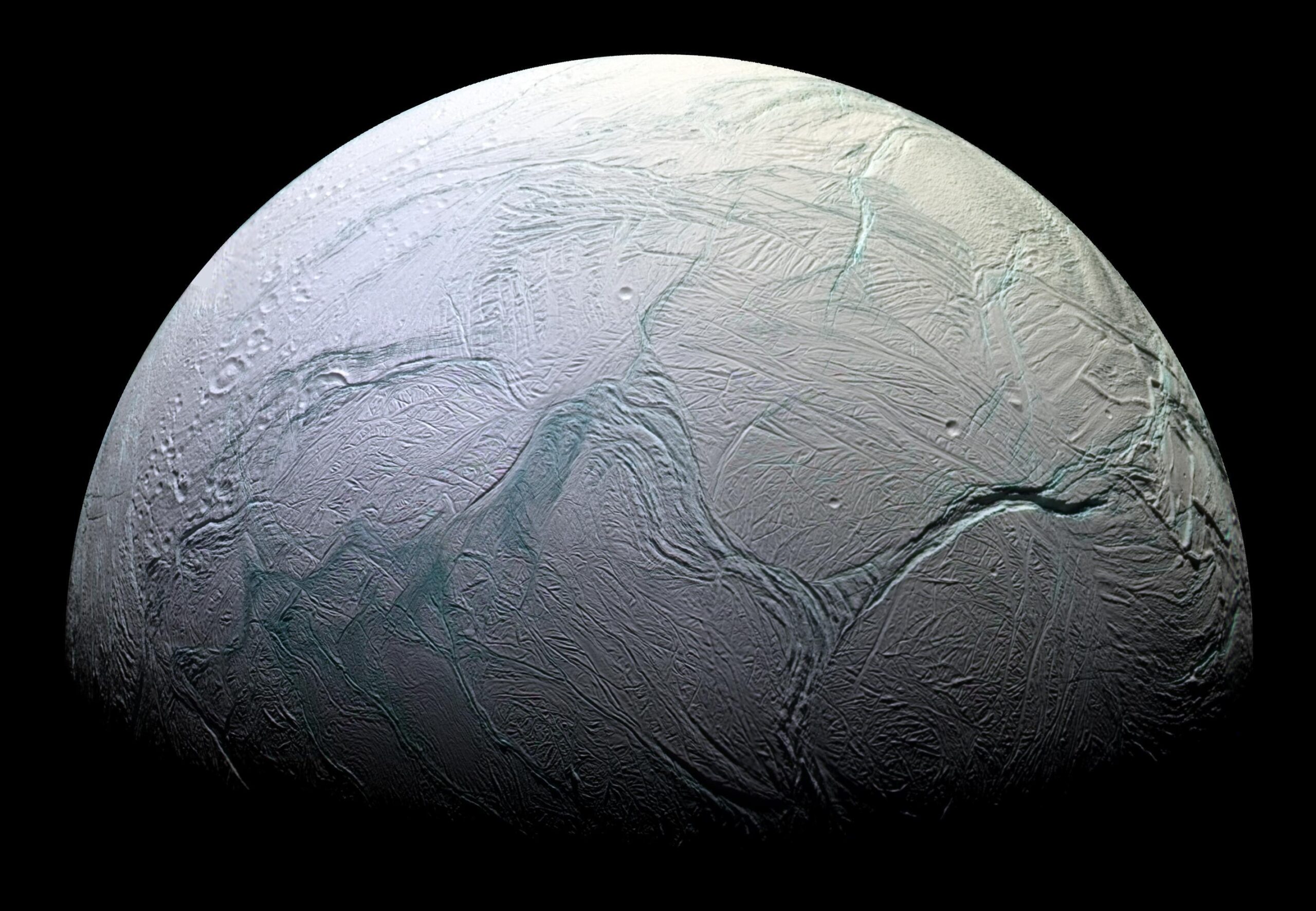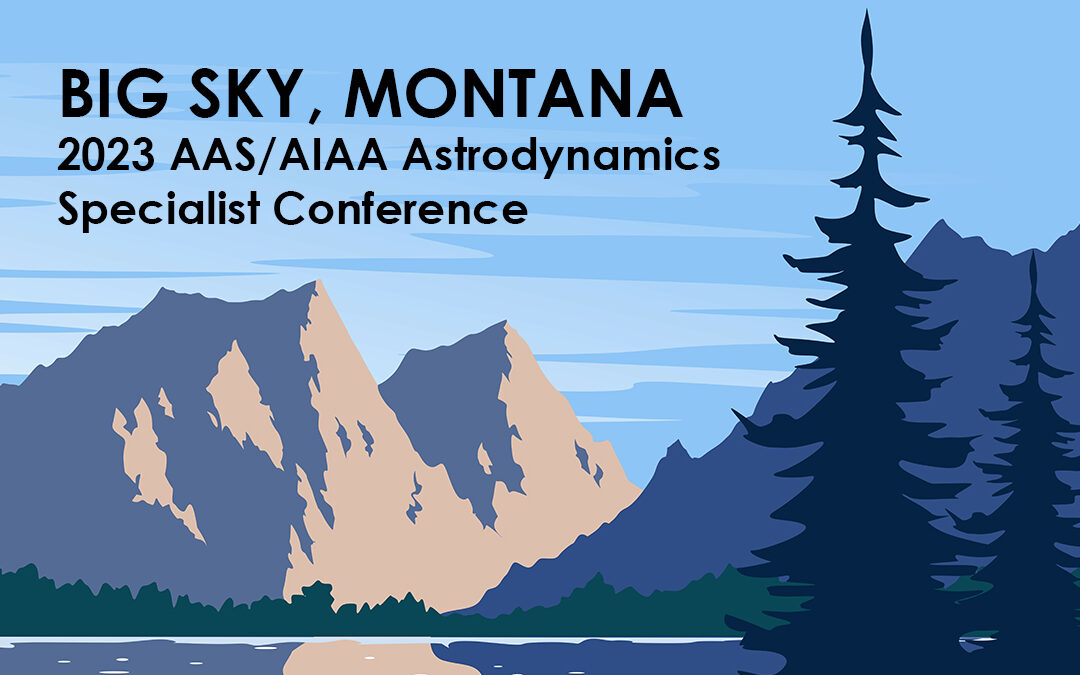As the seasons begin changing we look back on our summer highlights including one of our favorite conferences to share all our great work. If you didn’t have a chance to attend our talks in person at the Summer 2023 AAS/AIAA Astrodynamics Specialist Conference, we’ve uploaded all our papers below!

The Orbit Design for Encelascope to Sample Plumes on Enceladus
Jeffrey S. Parker, Erik Buehler, Ethan Kayser, Alec Forsman, Michael Caudill, Andrew Koehler, Mitchell Rosen
ABSTRACT
This paper describes the orbit design for Encelascope, a mission concept to sample plumes on Enceladus. The ASTROBi Foundation is leading efforts to send an instrument to directly sample and analyze the plumes of Enceladus for organic material. This paper provides an overview of the mission that is proposed to accomplish that goal, including the interplanetary cruise, moon tour at Saturn, arrival at Enceladus, and science orbit about Enceladus. The orbit about Enceladus has been identified based on the minimization of stationkeeping fuel while maintaining the spacecraft’s velocity to be below 200 m/s through the Enceladus plumes.

CAPSTONE Off-Nominal Spin-Stabilized Orbit Determination
Michael R. Thompson, Connor Ott, , Jeffrey S. Parker, Sandeep Baskar, Matt Bolliger, Michael Caudill, Sai Chikine, Lauren DeMoudt, Arlen Kam, Ethan Kayser, Andrew Koehler, Alec Forsman, Jaquelyn Romano, Thomas Gardner, Bradley Cheetham
ABSTRACT
During CAPSTONE’s low-energy transfer to the Moon, it experienced two major anomalies. The second of these anomalies was a month-long period where the vehicle was spin-stabilized in an attitude that made operations, communications, and navigation very difficult. This paper summarizes the effects of the anomaly on orbit determination and the navigation techniques that were developed to allow for accurate orbit determination throughout the anomaly.

From Earth to Moon with Low Thrust Electric Propulsion: System Trades
Nathan Parrish Ré
ABSTRACT
This paper presents an overview of the trade space for low-thrust electric propulsion transfers from various Earth orbits to cislunar space. The problem can be largely divided into three regimes: geocentric, multi-body, and selenocentric. While this kind of orbit transfer has been studied and even flown, designing such orbital transfers remains a major technical challenge and labor-intensive process in practice. This paper aims to provide high-level mission trades to inform future cislunar missions considering electric propulsion.

Seven Sisters – Mission Design to Study Solar Wind and a Pathfinder to Advance Space Weather Prediction
Mitchell Rosen, Jeffrey S. Parker, Lauren De Moudt, Katariina Nykyri
ABSTRACT
This paper describes a new mission concept that may be used to map the solar wind structure on small and large scales over time, with special emphasis on the region of solar wind bound toward the Earth. The strategy involves placing seven satellites in orbits about the Sun-Venus L1, L3, L4, and L5 libration points. Various constellations are employed to map out different scale sizes within the structure. This mission would also serve as a pathfinder for future space weather surveillance constellations.
